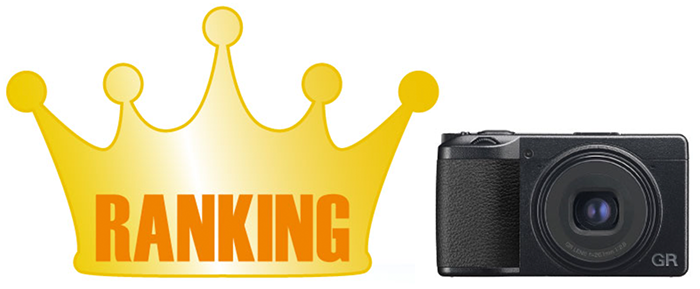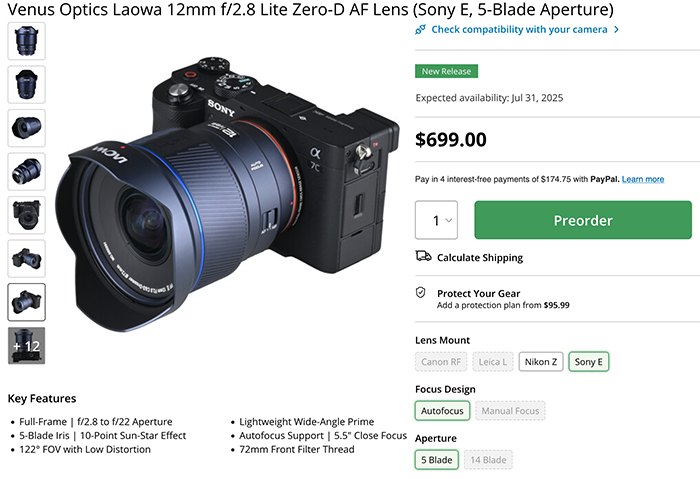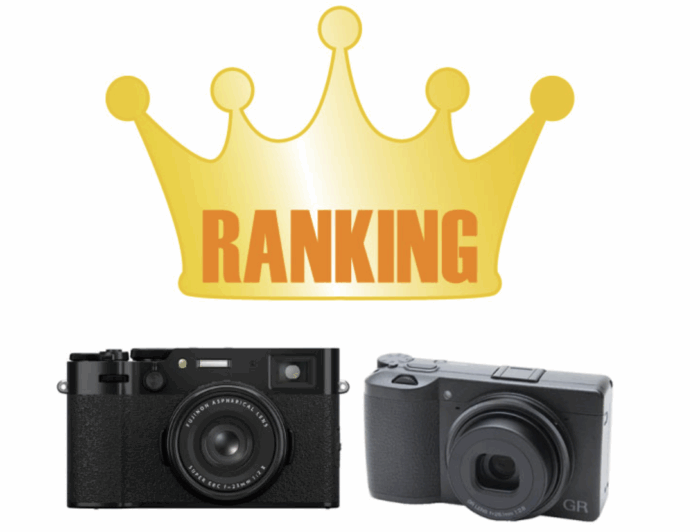PetaPixel Camera Companies Mid-Year Report Card: Who’s Winning and Who’s Lagging Behind in 2025?
The first half of 2025 brought a flurry of new cameras, lenses, and mixed strategies from the biggest names in photography. From Fujifilm’s bold design choices to Leica’s underwhelming silence, the landscape is shifting—and not everyone is keeping up.
In this report, we break down each company’s key releases, their highlights and missteps, and give them a mid-year grade. Whether you’re shopping for your next camera or just want to see how your favorite brand stacks up, this guide tells you who’s excelling and who needs to step up before year’s end.
Camera Company Grades
Canon (B-/C+)
Focused on vlogging: V1 (fixed-lens compact), R50V (video-centric APS-C).
New lenses: 16-28mm f/2.8, 14-30mm f/4 PZ, 75-300mm (recycled DSLR design).
Criticism: No pro photo bodies, limited third-party lens support.
Nikon (A/A-)
Strong video push with Z5 II, Z8 firmware, and 28-135mm PZ cine lens.
Criticism: Still no full-frame Sigma lenses due to alleged Tamron exclusivity.
Sony (B-/C+)
Quiet first half: FX3 II, 50-150mm f/2.8, 400-800mm f/6.3-8.
Criticism: No major camera releases, stagnant APS-C support.
Panasonic (A-)
Launched S1R II (high-res), S1 II (video), and 24-60mm f/2.8 lens.
Praise: Open-gate video, firmware updates, cropless stabilization.
Criticism: Uninspiring lens designs.
Fujifilm (A/B+)
Diverse releases: X100VI, XE5, GFX100 RF, Instax Wide Evo, X half (film-sim compact).
Praise: Unique designs catering to different users.
Criticism: Autofocus still lags behind competitors.
OM System (C+)
Minor updates: OM-5 II, OM-3 (retro-styled), 100-400mm II.
Criticism: Lack of innovation, rehashing old designs.
Leica (D/L)
Only released the SL3-S (low-res cine variant).
Celebrated 100 years of M-mount with no new M camera.
Sigma (A+)
Strong lens releases: 50-150mm f/2.8, 300-600mm f/5.6-6.3, Cine line.
FP L camera with improved autofocus.
Tamron (C+)
Quiet first half: 16-30mm f/2.8 G2, firmware updates for existing lenses.
Promised more lenses in late 2025/2026.
Final Thoughts
Best Performers: Fujifilm, Sigma, Nikon.
Needs Improvement: Leica, OM System, Tamron.
Upcoming Expectations: Sony A7S IV, Fujifilm X-Pro 4, Canon R7 II.
Final Grade Summary:
A/A+: Fujifilm, Sigma, Nikon.
B/B-: Panasonic, Sony, Canon.
C/C+: OM System, Tamron.
D/L: Leica.







